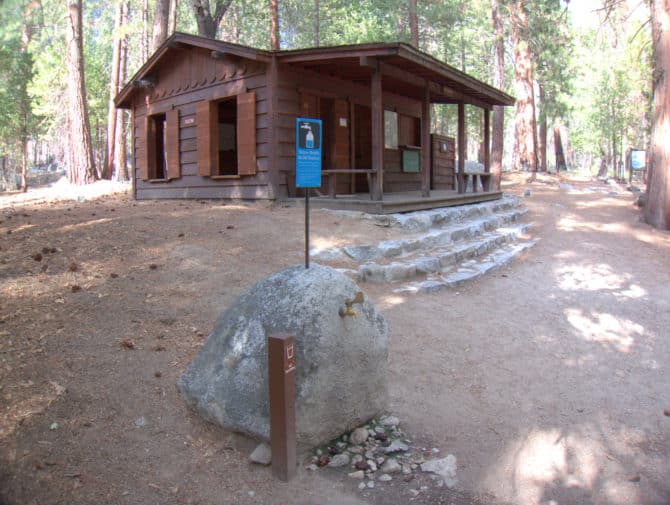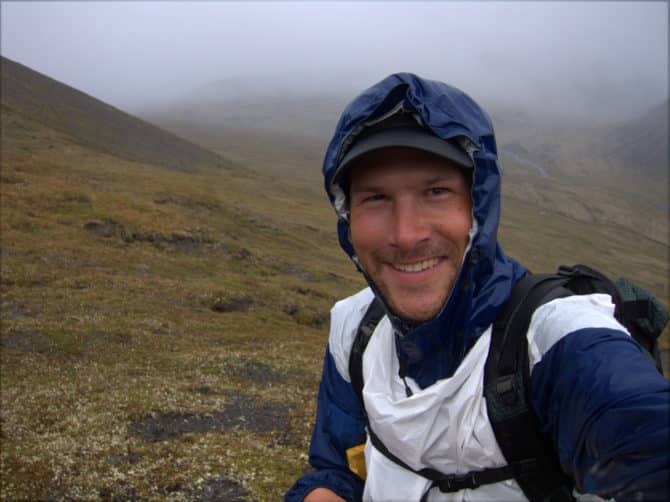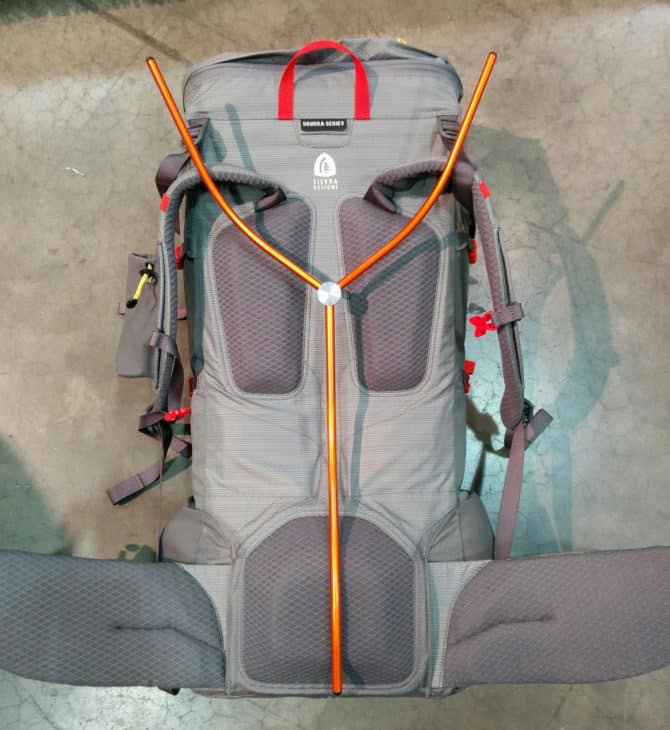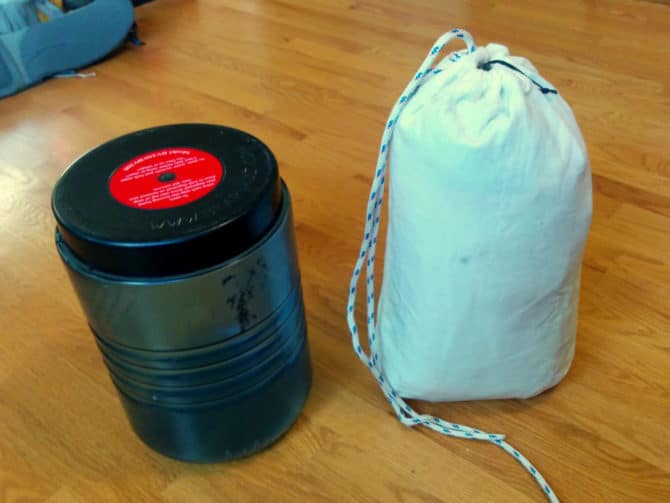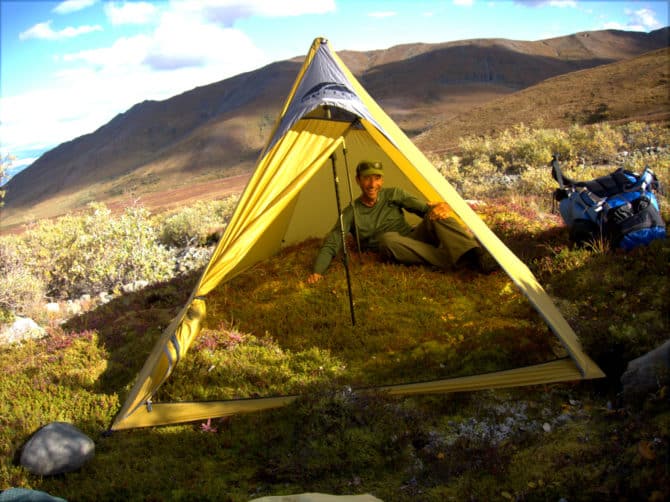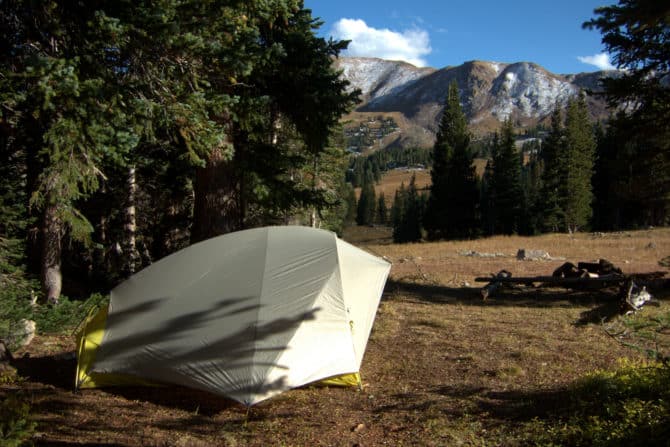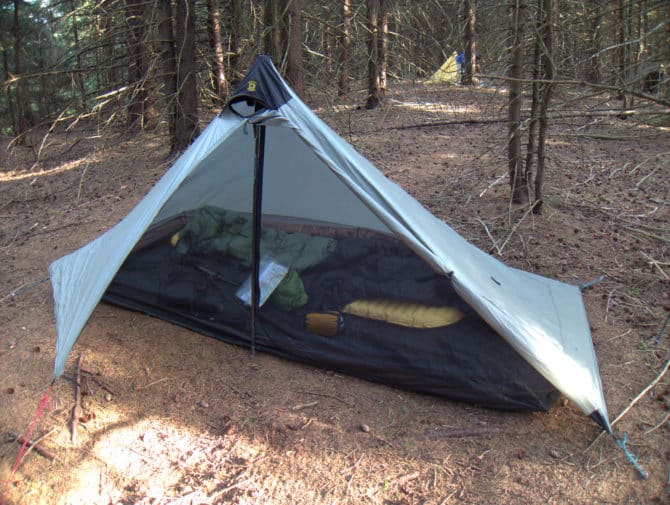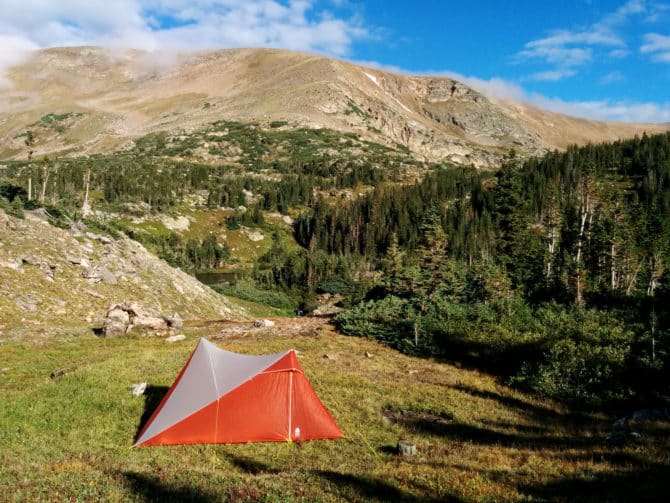Posts by Andrew Skurka
Permit directory: Wilderness & backcountry camping in the Sierra Nevada
The Sierra Nevada mountains are world-class, encompassing two National Parks (Yosemite and Sequoia-Kings), the John Muir Trail, and a half-dozen Wilderness Areas like Desolation, Golden Trout, and Emigrant. The heart of the range extends from the Kern River in the south, to Lake Tahoe in the north. Backcountry use is accordingly significant, by residents of…
Reader question: Clothing & skills for backpacking in the rain
A reader — Steve B. from Laporte, MN — recently wrote me: Hi Andrew, I used much of your advice on my 300-mile Superior Hiking Trail thru-hike this summer. Many things worked well, like trekking poles, microfiber underwear, and my alcohol stove. One thing that didn’t go so well was getting wet. I used a…
New release: A pack for the future
The Sierra Designs Flex Capacitor 40-60 Pack is now available for pre-order. Expected ship date is October 4. If you are a regular reader of this blog, you’ve been hearing about the Flex Capacitor for months. If you need to get caught up, here is some recommended reading and viewing: Seven reasons it stands out…
How-to || Pack a backpack: Load distribution, organization, waterproofing, & canisters
When packing my backpack, I have two primary goals: Minimize its effect on my center of gravity, and Keep oft-needed items easily accessible so that I can hike uninterrupted. I’ll start by discussing these goals in-depth. Then, I will address special considerations like bear canisters and backpack styles. Center of gravity When not wearing a…
Interview with Ursack CEO: Yosemite food regs, lobbying, & new products
Among bear-resistant food containers certified by the Interagency Grizzly Bear Committee (IGBC), the Ursack S29.3 AllWhite is easily my favorite. It weighs just 8 oz, or 80 percent less than my BearVault BV500, which has the same volume. It’s also $10 less. And, Unlike plastic or carbon fiber canisters, it’s soft-sided and collapsible, and as comfortable to…
Five-star campsites || Part 4: Four examples of classically bad campsites
In the previous two posts I discussed the ideal features of backpacking campsites, on both a zone- and spot-level. There are many of them, probably too many to remember. So in this final installment I will discuss four classically bad campsites. Despite having multiple and severe problems, I regularly see backpackers camping in these types of locations. If…
Five-star campsites || Part 3: Ideal features of camping spots, plus Tradeoffs
Five-star campsites || Part 2: Ideal features of camping zones
Recall from Part 1 that I assess backpacking campsites on two levels: zones and spots. The zone-level features of a five-star campsite never change. But spot-level features depend on whether I am sleeping on the ground or in a hammock. In this post I will discuss zone-level features. Safety This one should be obvious, but it’s…
Five-star campsites || Part 1: Intro, regs, planning, zones & spots
Campsites are not created equal. Where possible, I seek out locations that are relatively warm, dry, private, aesthetic, and free of bugs, rodents, and bears — “five-star campsites,” I call them. A high quality campsite makes a difference: It is more conducive to a night of quality sleep, and It enhances my backcountry experience. Sadly,…
